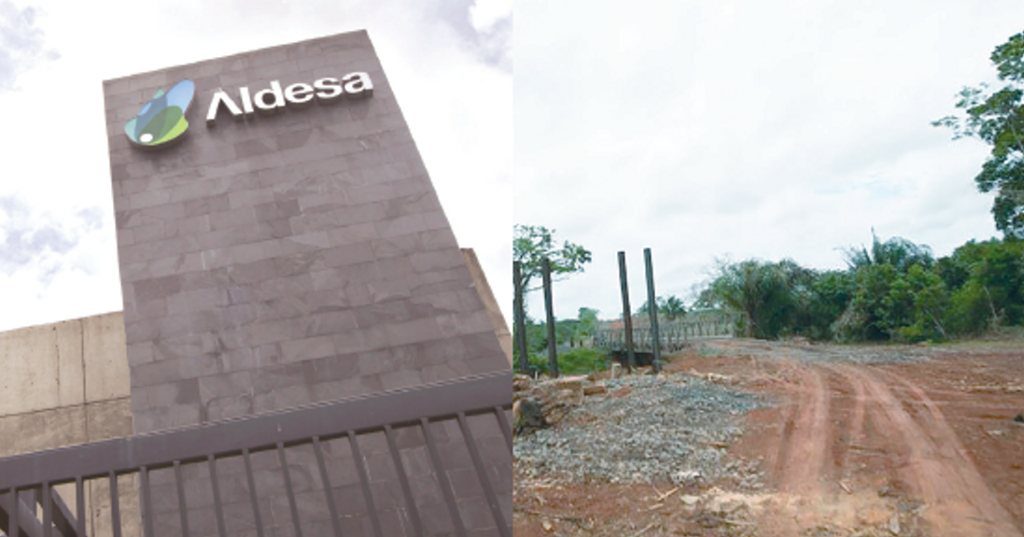Poverty in Costa Rica has been steadily decreasing year-on-year, largely due to increased employment among residents. However, wage disparities across different social groups—particularly by gender, nationality (Costa Ricans vs. Nicaraguans), and education level—are widening.
A recent report by the University of Costa Rica’s Institute for Research in Economic Sciences (IICE) revealed that the poverty rate dropped by 1.4 percentage points year-on-year, reaching 20.5% of the population as of May 2024. This is a slight improvement from February 2024, when the rate was 20.61%.
Extreme poverty also saw a decline, though to a lesser extent. By May 2024, the extreme poverty rate stood at 5.9%, down from 6.4% in May 2023, a reduction of 0.5 percentage points.
While the decrease in poverty is a positive trend, inequality remains a significant issue. In May, Costa Rica’s Gini coefficient, which measures income inequality, remained at 0.503, identical to February and nearly the same as May 2023 (0.502).
The drop in poverty is more noticeable in urban areas compared to rural regions. In urban areas, poverty decreased by 1.6 percentage points between May 2023 and May 2024, falling from 20.1% to 18.5%. In rural areas, poverty dropped from 26.6% to 25.8%, marking a smaller reduction of 0.8 percentage points.
Extreme poverty followed a similar trend. Urban areas experienced a decline to 4.9%, down 0.5 percentage points year-on-year. In contrast, rural extreme poverty remained nearly unchanged at 8.6%, with only a marginal decrease of 0.1 percentage points compared to last year.
The IICE report underscored the critical role of government economic assistance (public transfers) in alleviating both poverty and extreme poverty. In May 2024, public transfers reduced poverty by 2.5 percentage points, similar to the past two years. Without this financial support, the poverty rate would have risen to 23%.
Government subsidies had an even greater impact on extreme poverty, reducing the rate by 4.6 percentage points. Without these social assistance programs, extreme poverty would have affected 10.5% of households.
The employment rate, which measures the percentage of people aged 15 and older who are working, reached 51.37% in the April-May-June 2024 quarter, remaining close to the average since 2022 (51.49%). Year-on-year, the employment rate increased by 0.21 percentage points and rose by 0.49 percentage points compared to the previous quarter.
However, wage inequality persists. The wage gap is smallest among those with lower levels of education, but it widens as education increases. For every 100 colones earned by people with incomplete primary education, those with completed secondary and incomplete university education earned 133.78 colones—a figure largely unchanged from the previous quarter. Among those with completed primary education but without a high school diploma, the gap widened by 5.5 colones compared to the last quarter.
From a gender perspective, wage inequality increased in the second quarter of 2024. Women earned 84 colones for every 100 colones earned by men, a decrease from 90 colones in the first quarter. This year-on-year gap has grown by 3 colones compared to the same period in 2023, when women earned nearly 87 colones for every 100 earned by men.
Source link
Tico Times



